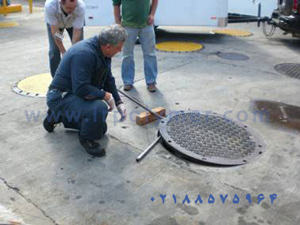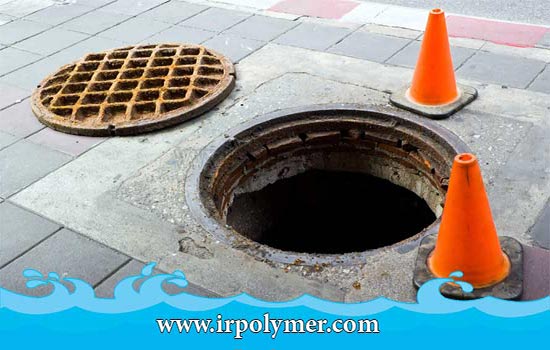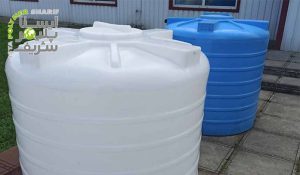Polymeric materials have been extensively used in the water and sewage industries over the past few decades, so much so that sewage manholes can also be polymeric. Due to their high mechanical and environmental resistance, polymeric materials have been specially utilized in the water and sewage sector.
Comparison of Composite Manholes and Others
Polymer concrete manholes are a new, high-quality, and practical cover. In contrast, cast iron manholes have been replaced by polymeric covers in recent years due to their high weight and susceptibility to theft. Polymeric sewage manholes can be produced using thermoplastics and thermosets. Composite sewage manholes (thermosets) are mostly non-recyclable, whereas thermoplastic manholes can be recycled.
Composite Sewage Manholes
Composite sewage manholes are now widely used in the water and sewage industries. Composite sewage manholes have excellent physical and mechanical properties, offering very good chemical resistance. They are theft-resistant and are a serious competitor to cast iron manholes. These manholes can be produced by both machine and manual methods. Manholes produced by the machine method (hot pressing) have significantly higher quality compared to those made manually. They are available in various sizes, shapes, and working classes.
Composite sewage manholes have the highest specific strength compared to similar products. Non-traffic manholes are produced using BMC materials. BMC materials are a mixture of resin, fibers, and mineral fillers. Traffic manholes are made using SMC materials. SMC materials have a high percentage of glass fibers and resin. The percentage of glass fibers in the SMC process is much higher compared to BMC, which means that manhole covers produced have superior mechanical properties.
Composite manhole covers are produced using SMC and BMC materials. Since these covers are manufactured using the hot pressing molding process, they have high strength. Generally, SMC polymeric sewage manholes have the highest mechanical resistance among polymeric sewage manholes. Composite manhole covers and composite handholes have the best mechanical properties due to their high percentage of glass fibers.

BMC polymeric manholes are next in line in terms of mechanical properties at the same thickness. The percentage of glass fibers in these products is considerably less than in BMC-produced manholes. Thermoplastic or copolymer manholes have entered the industry in recent years. These sewage manholes are produced using injection molding. The production volume of these manholes is very high. They have low environmental and light resistance and are generally used in non-traffic environments.






